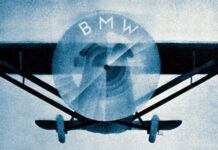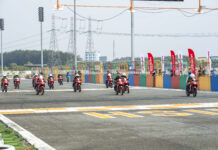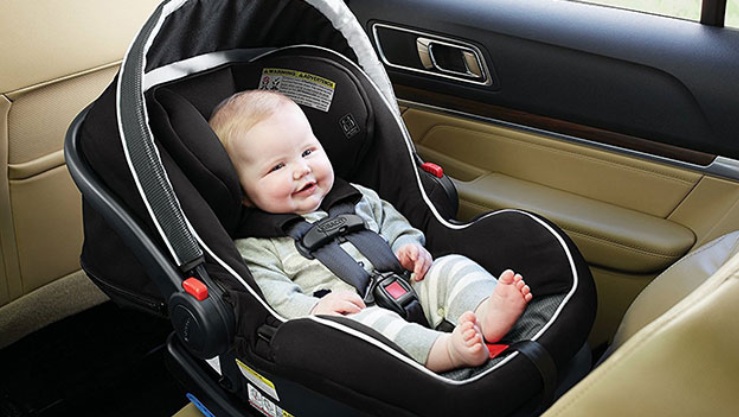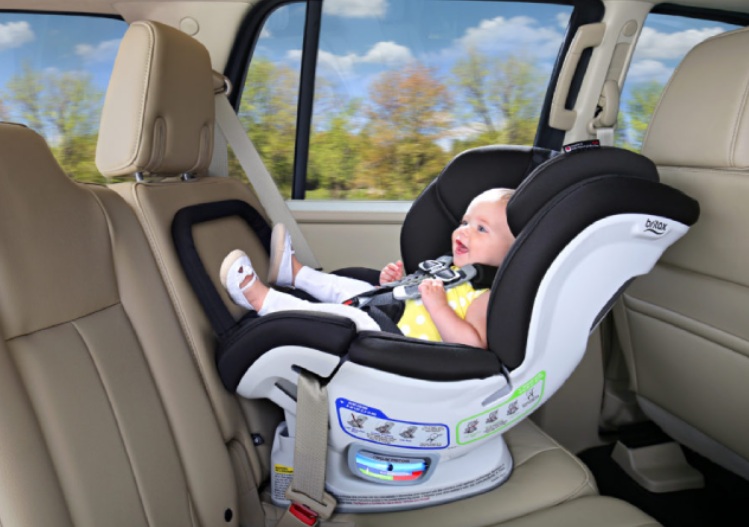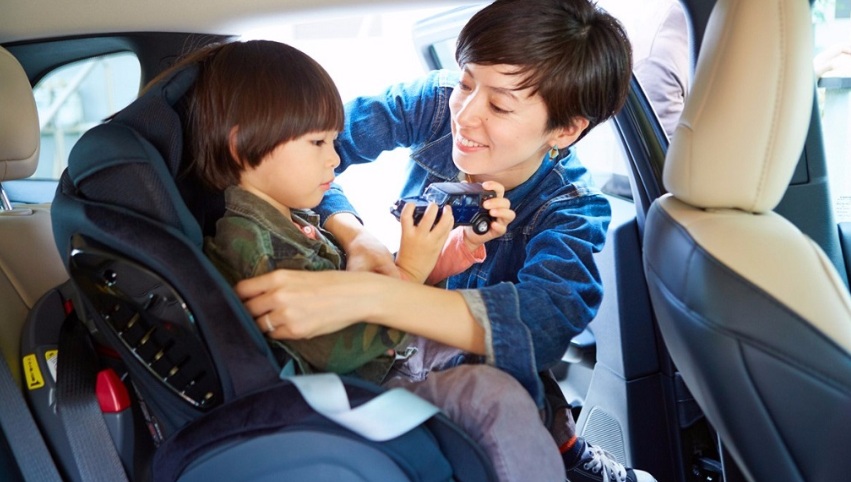Effective January 1, 2026, new regulations on child safety in vehicles will take effect, marking a significant shift in the 2024 Road Traffic Order and Safety Law.
According to Article 10 of this law, children under 10 years old and shorter than 1.35 meters are prohibited from sitting in the front seat, except in single-row vehicles like pickup trucks or vans. Drivers must use or ensure the use of specialized child safety devices to protect children adequately during travel.
These specialized safety devices are designed to secure a child’s body during movement or collisions, significantly reducing the risk of injury from sudden stops or impacts.
What exactly are these safety devices, and what are the specific regulations surrounding them?
Child Safety Seats: A Lifesaving Shield in Collisions
Under international standards UNECE R44 and UNECE R129 (i-Size), child safety seats (Child Restraint Systems – CRS) are specifically designed to securely restrain children in vehicles. These seats distribute the force of a collision, preventing children from being thrown forward or striking interior components.
Numerous studies show that proper use of child safety seats can reduce the risk of severe injury in road accidents by up to 70%.
International Classification of Child Safety Seats
Based on UNECE regulations, child safety seats are categorized by weight, height, and age, ensuring they meet the needs of children at different developmental stages.
Rear-facing seats are considered the safest option for infants and toddlers. Designed for children from birth to approximately 15 months or under 105 cm tall, these seats are installed opposite the vehicle’s direction of travel, protecting the head, neck, and spine—areas most vulnerable in high-impact collisions.
As children grow, forward-facing seats become appropriate. Compliant with UNECE R44 and R129 standards, these seats accommodate children from 9 months to around 11 years old, weighing 9 to 36 kg, or measuring 100 to 135 cm tall. They feature a 5-point harness or integrate with the vehicle’s seatbelt system.
High-back booster seats are ideal for children aged 4 to 11, weighing 15 to 36 kg. According to UNECE R44, these seats include a backrest and headrest, ensuring the seatbelt properly rests across the child’s shoulders and hips, minimizing chest or abdominal injuries during sudden stops.
Booster cushions are suitable for older children aged 6 to 11, weighing 22 to 36 kg. As outlined in UNECE R44, these cushions elevate the child, ensuring the seatbelt crosses the shoulders and hips correctly, rather than the neck or abdomen.
Each type of seat plays a critical role in protecting children at different stages of development. Selecting the right seat, installing it correctly, and using it appropriately based on the child’s height and weight are essential for maximum safety in vehicles.
Why Are These Regulations Important?
In Vietnam, it’s common to see children sharing seats with adults or being held on laps. However, in a collision at just 50 km/h, inertia can multiply a child’s weight by several times, making it impossible for an adult to hold them securely, even with a tight grip.
Mandating the use of child safety seats standardizes safe travel practices and aligns Vietnam with international safety standards widely adopted in Europe and Japan.
Vietnam’s Child Safety Seat Market: Room for Growth
According to automotive equipment distributors, only 15-20% of family vehicles in major Vietnamese cities are equipped with child safety seats. Many parents remain unaware of their importance, often citing space constraints or believing they’re unnecessary for short trips. Yet, most accidents occur during urban commutes.
The new mandatory regulations, effective in 2026, are expected to boost the child safety seat market and raise public awareness about child safety in vehicles.
Recommendations for Parents
To ensure child safety in vehicles, parents must carefully select and use the appropriate safety seat. Choose seats that meet UNECE R44 or R129 (i-Size) standards, tailored to the child’s age, height, and weight. Each developmental stage requires a specific seat type; using the wrong size can compromise protection in collisions.
During installation, follow the manufacturer’s instructions and prioritize modern anchoring systems like ISOFIX for enhanced stability compared to seatbelts alone. Avoid placing rear-facing seats in the front if the vehicle has passenger airbags, as deploying airbags can pose serious risks to children. If front installation is necessary, ensure the airbags are fully deactivated.
Never allow children to sit on an adult’s lap or share a seatbelt. In sudden stops or collisions, adults cannot secure children effectively, and shared seatbelts can cause severe injuries due to improper fit.
These precautions, though seemingly minor, are crucial for a child’s safety on every journey. Proper use of safety devices not only complies with the law but also demonstrates a parent’s commitment to protecting their child.
TH (Tuoitrethudo)
Illustrative image














